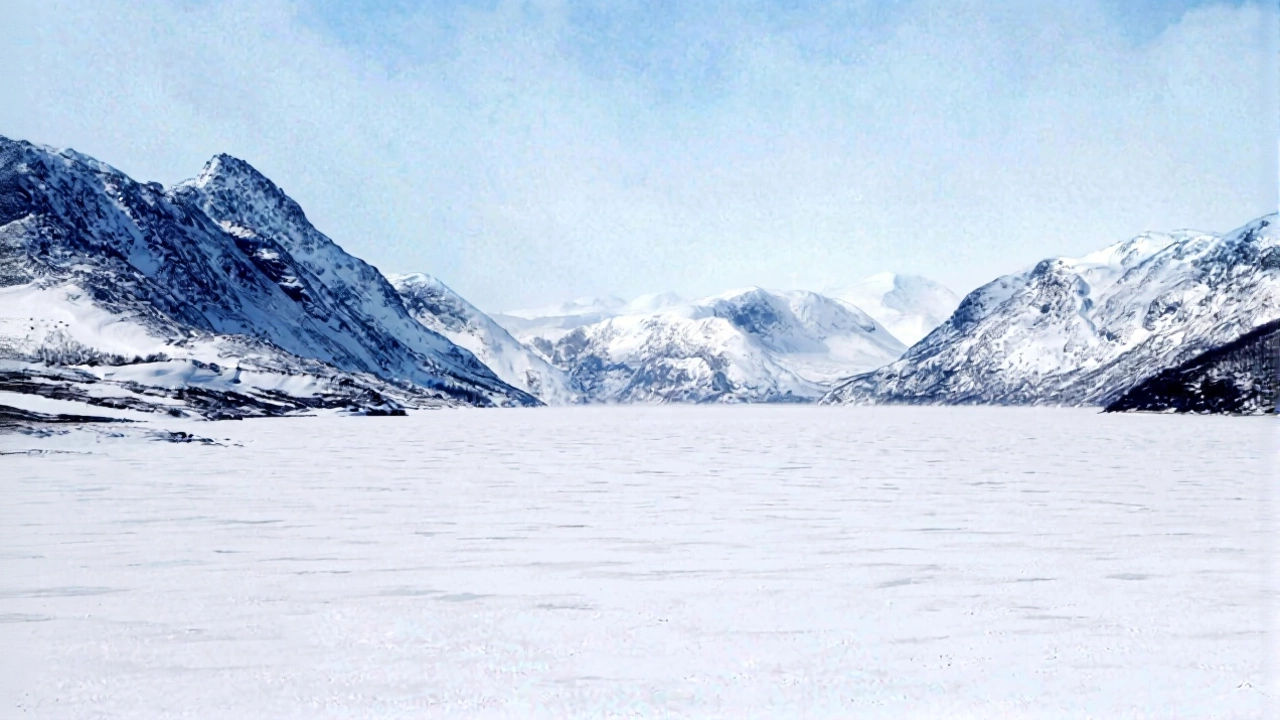Snow Cover and Its Effect on Soccer
When you hear snow cover, a thin or deep layer of snow that rests on the ground or a playing surface, you probably picture a white field that no one wants to play on. Also known as snow blanket, it shows up whenever winter weather, cold temperatures, snowfall and wind that affect outdoor activities decides to linger. Snow cover encompasses ground conditions that coaches and groundskeepers must read quickly. It requires specific pitch maintenance tools like heated under‑soil systems, sand top‑dressing and specialized drainage. At the same time, it influences player safety, the risk of slips, cold‑related injuries and reduced visibility on the field. Clubs that understand these links can adjust training schedules, choose appropriate footwear, and communicate with referees about match timing.
Why Pitch Conditions Matter When Snow Falls
Every time snow starts to pile up, the pitch conditions, the firmness, grip and drainage quality of the playing surface shift dramatically. A frozen, snow‑covered turf loses the bite that players rely on for quick turns, meaning the ball rolls farther and control drops. Groundskeepers often melt the top layer with portable heaters or use a light sanding technique to restore traction. Those actions are part of a broader match scheduling, the process of setting or moving game times to suit weather and field readiness plan. If the snow is heavy, leagues may postpone or relocate matches to indoor arenas. This cascade—from snow cover to pitch conditions, then to scheduling—shows how a single weather event can ripple through an entire season.
Below you’ll find a mix of articles that dive into real‑world examples: a South London derby played under a thin dusting of snow, tips for stretching soccer cleats when they feel too tight in cold weather, and a look at how F1 teams adjust tire choices when the track is icy. Each piece explains a different angle of the snow‑cover puzzle, giving you practical ideas you can use whether you’re a player, coach, parent or dedicated fan. Keep reading to see how clubs turn a frosty challenge into a manageable part of the game.

Snow Cover Vanishes: Europe’s Alpine Winters Shrink as Temperatures Rise
Europe’s snow cover has fallen 15% since the 1960s, cutting ski seasons and threatening water supplies, says the European Environment Agency’s 2025 report.
Continue Reading
